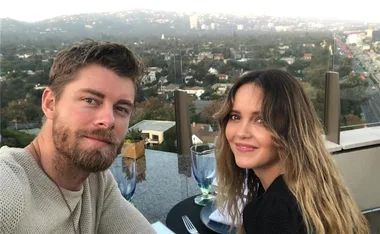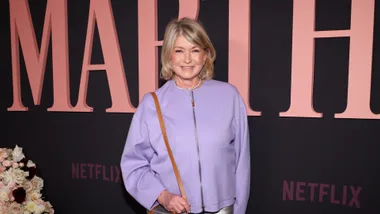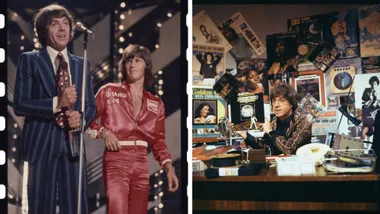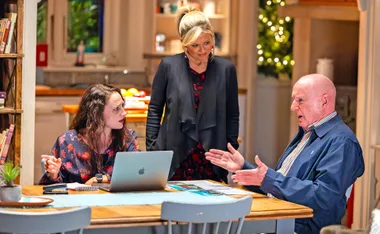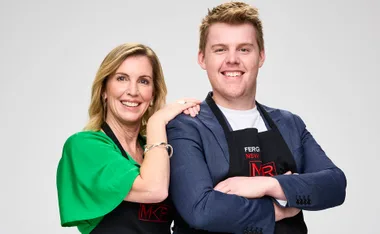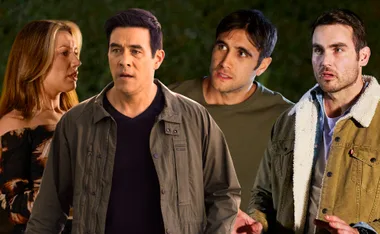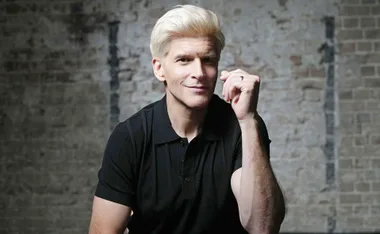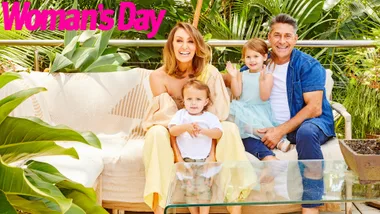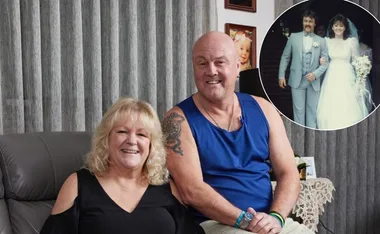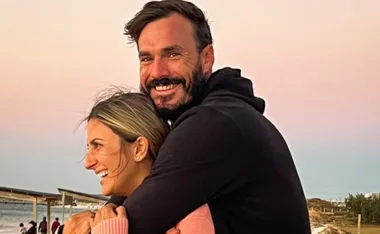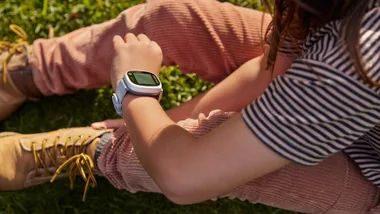Women around the globe will always find ways to make themselves more beautiful. Kelly Baker reveals beauty tricks from all corners of the world — and you don’t need to travel to try them.
All over the world, women have long created beauty treatments with their own hands — hair conditioner crafted from crushed hibiscus petals picked from a tree in the family’s backyard, soap from a mixture of shaved sandalwood and lentils, and moisturiser from fresh cream, to name just a few.
In pictures: Bizarre beauty treatments
These rich, sensual mixtures are made up of fresh, powerful ingredients, but there’s more to them than that.
What sets them apart is that they are created with care and diligence. The women who mix these lotions and oils don’t hurry. They take their time and focus on the process.
These beauty treatments come with a secret ingredient — love. So, come on a world tour of beauty secrets.
India
Throughout India, from the Himalayas in the north to the plains of Kerala in the south, women of all ages take a few moments each morning to lovingly shred a little ginger and mix it with a spoonful of honey. After adding water, they savour the sweetness of the honey combined with the gentle warmth of the fresh ginger. These two simple ingredients are believed to keep the skin line-free.
Japan
Many women in Japan protect their milky white skin from the sun’s harsh rays at all times. They shun skimpy clothing, preferring instead to cover up and carry UV protective parasols. The result — dewy, fresh skin well into middle age and often even beyond.
Belize
Coconut oil is naturally rich, as women in Belize know only too well. They have long used it to ease fine lines and wrinkles, and to soften dry skin. It’s also a natural sunscreen, protecting skin even further.
Australia
Some Aboriginal women use yarrow root to prevent stretch marks. It hydrates skin and is also an anti-inflammatory, meaning it soothes, too.
Dominican Republic
Girls here learn at a young age that, if they want to grow long gorgeous nails, then garlic is the only thing they need. They cut it finely and then add it to clear nail polish. After it’s stewed for a week or so, they apply a single coat to strengthen their nails and also ward off bacteria. Slice some garlic and add it to your favourite polish.
Health news: Smoking mums increase kids’ heart risk
Spain
Bring out your natural highlights by rinsing your hair with cranberry juice, as many glossy-haired Spanish girls do. After shampooing, mix 1/4 cup of pure cranberry juice with 1/4 cup of water and rinse your hair with the liquid. Natural blondes might like to use lemon juice instead.
Read more of this story in the July issue of The Australian Women’s Weekly.
Your say: Do you have any homemade beauty treatments?

Video: The best and worst home beauty gadgets


.png?resize=380%2C285)
.jpg?resize=380%2C285)




.png?resize=380%2C285)

